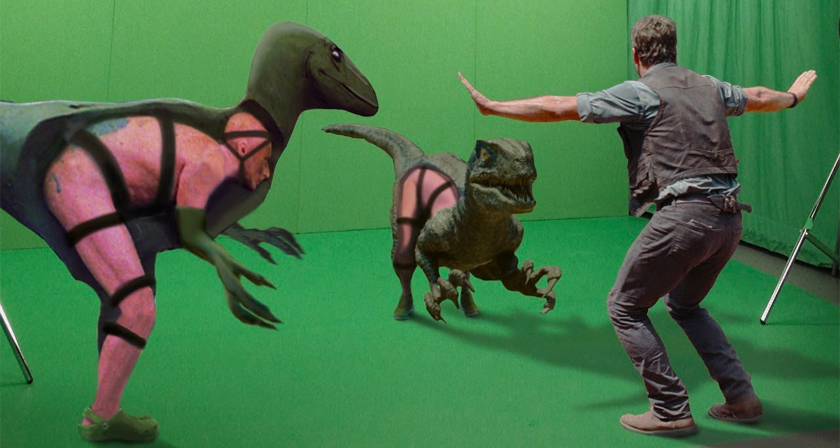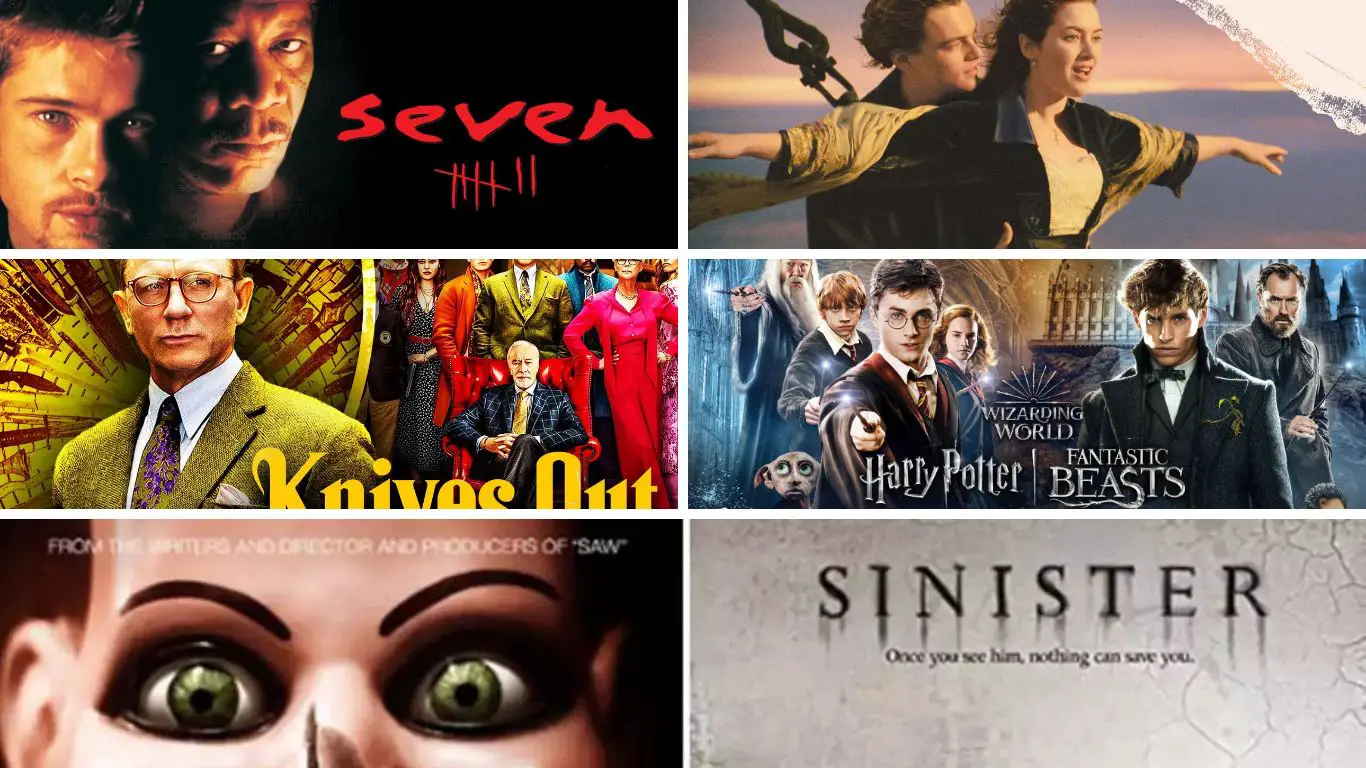How to Incorporate Special Effects and CGI into Modern Art
Learn how to enhance modern art with special effects and CGI techniques. Get creative tips to make your art stand out with modern art .

The Evolution and Impact of Special Effects and CGI in Contemporary Cinema
The world of cinema has witnessed a remarkable transformation over the decades, with advancements in technology redefining storytelling and visual aesthetics. One of the most significant developments has been the integration of special effects and computer-generated imagery (CGI) into modern filmmaking. This essay explores the pivotal role played by special effects and CGI in?contemporary cinema, highlighting their evolution, impact on storytelling, and the creative possibilities they offer to filmmakers.
?Historical Perspective: The Birth of Special Effects
To appreciate the current state of special effects and?CGI in cinema, it is essential to take a trip back in time to understand their origins. The art of special effects dates back to the early 20th century when filmmakers experimented with practical effects, such as miniatures, stop-motion animation, and in-camera tricks. George M?li?s' groundbreaking 1902 film "A Trip to the Moon" is a classic example of early special effects, where he used simple techniques to create mesmerizing visuals.
II. The Advent of Computer-Generated Imagery (CGI)
While practical effects continued to be a staple in filmmaking, the introduction of CGI in the late 20th century marked a paradigm shift. CGI, which involves the creation of digital elements and environments, provided filmmakers with unprecedented creative freedom. The 1982 film "Tron" is often considered a pioneer in the use of CGI, as it incorporated computer-generated landscapes and characters into its narrative.
?Evolution of Special Effects and CGI
- Practical Effects and CGI Integration As cinema progressed, filmmakers began to merge practical effects and CGI seamlessly. A notable example is James Cameron's 1991 film "Terminator 2: Judgment Day," which featured groundbreaking CGI for the liquid metal T-1000 character. This integration showcased the potential of combining traditional and?digital techniques for breathtaking visuals.
- The Rise of Photorealism Advancements in CGI technology led to a pursuit of photorealism. Films like "Jurassic Park" (1993) and "The Matrix" (1999) pushed the boundaries of what was possible, creating lifelike creatures and mind-bending action sequences. Audiences were captivated by the realism achieved through CGI, which heightened their immersion in the cinematic experience.
- Motion Capture and Performance Capture The development of motion capture and performance capture technologies further expanded the role of CGI. Films like "Avatar" (2009) utilized motion capture to bring digital characters to life, blurring the line between live-action and animation. This technology enabled actors to embody fantastical beings while preserving their nuanced performances.
- 3D Cinema and CGI The convergence of 3D technology and CGI added another dimension to filmmaking, both literally and figuratively. Films like "Avatar" and "Gravity" (2013) used 3D CGI to transport audiences into immersive worlds and create breathtaking visual spectacles. This combination reinvigorated?interest in 3D cinema.
Impact on Filmmaking and Storytelling
- Expanding Creative Horizons Special effects and CGI have expanded the creative horizons of filmmakers. They can now bring to life worlds, creatures, and events that were previously impossible or cost-prohibitive. This has empowered directors and writers to explore new genres and narratives.
- Enhanced Storytelling CGI has become an integral part of storytelling. It can be used to convey emotions, illustrate abstract concepts, and enhance the overall narrative. For example, in "Inception" (2010), CGI was used to create mind-bending visuals that mirrored the dreamlike nature of the story.
- Character Development CGI has also revolutionized character development. It allows filmmakers to create memorable characters that would be challenging to achieve with practical effects alone. Characters like Gollum from "The Lord of the Rings" trilogy (2001-2003) and Thanos from the?Marvel Cinematic Universe?exemplify the depth and complexity CGI can bring to on-screen personas.
- Elevating Action Sequences Action sequences have benefited immensely from CGI. Films like "Mad Max: Fury Road" (2015) and "Avengers: Endgame" (2019) used CGI to choreograph and execute intricate action scenes that were visually stunning and physically impossible to achieve without digital assistance.
The Challenges of Special Effects and CGI
- Budgetary Considerations While CGI offers incredible creative possibilities, it often comes with a hefty price tag. The cost of developing high-quality CGI can strain a film's budget, making it challenging for smaller productions to compete with blockbuster movies.
- Maintaining Realism Achieving photorealism in CGI remains an ongoing challenge. Audiences are becoming increasingly discerning, and any shortcomings in CGI can lead to a loss of immersion. Striking the right balance between creativity and realism is a constant struggle for filmmakers.
- Overreliance on CGI Some critics argue that an overreliance on CGI can lead to a loss of practicality and tangible on-set experiences. Filmmakers must carefully consider when and how to use CGI to maintain the authenticity of their storytelling.
Future Possibilities and Ethical Considerations
- Virtual Production and Real-Time CGI The future of special effects and CGI is likely to involve real-time rendering and virtual production. Technologies like Unreal Engine are enabling filmmakers to create digital environments and effects in real time, reducing post-production time and costs.
- Ethical Questions As CGI becomes increasingly sophisticated, ethical questions arise. Issues related to the digital resurrection of deceased actors, deepfake technology, and the potential for misinformation demand careful consideration and regulation within the film industry.
The role of special effects and CGI in modern cinema cannot be overstated. From humble beginnings in practical effects to the digital marvels of today, these technologies have transformed filmmaking. They have expanded creative possibilities, elevated storytelling, and created cinematic experiences that transport audiences to unimaginable worlds. However, as with any powerful tool, special effects and CGI come with challenges and ethical considerations. The future promises even more innovations, and filmmakers must navigate this ever-evolving landscape to continue captivating and inspiring audiences around the world.
What's Your Reaction?















